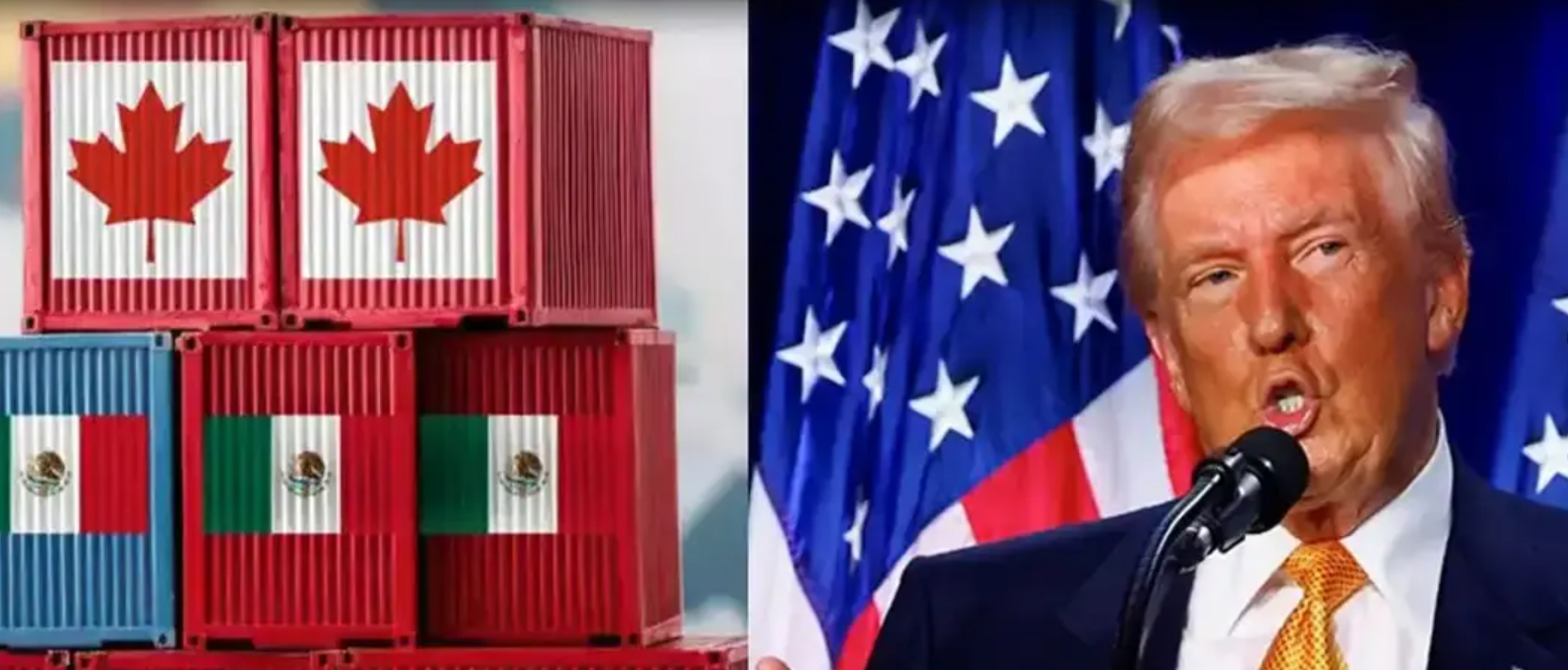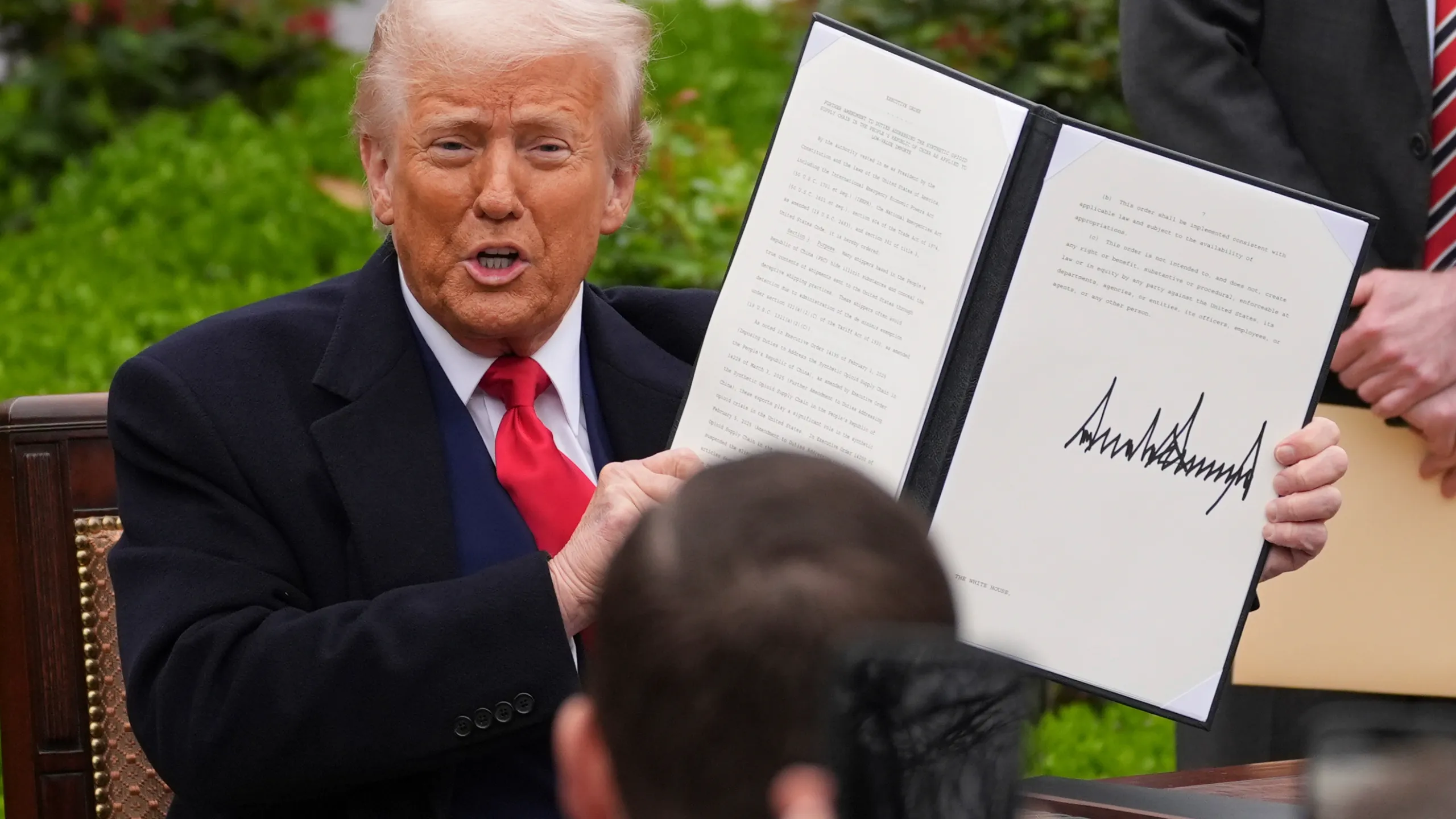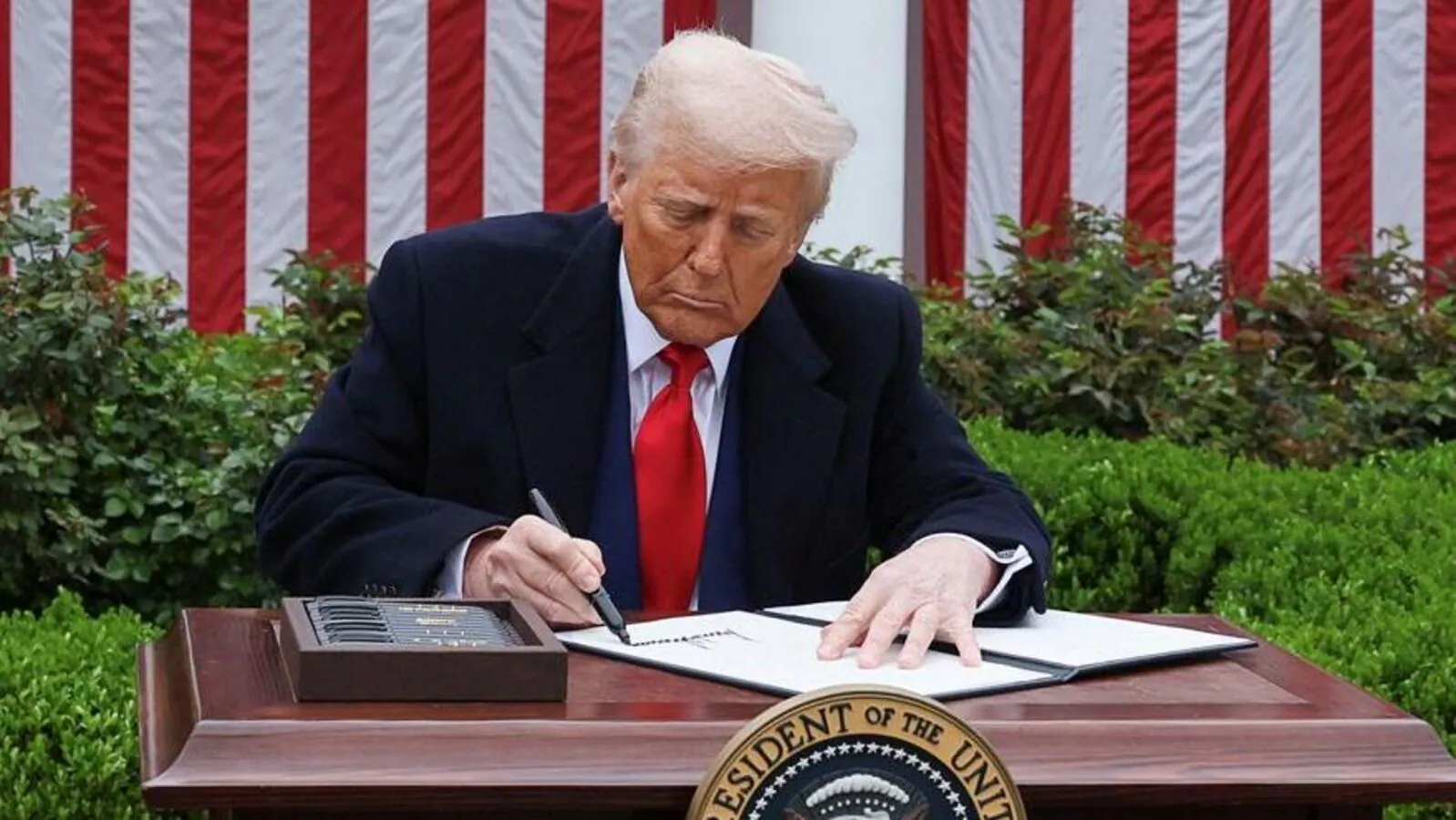
The trade relationship between the United States and Canada, historically characterized by cooperation and mutual economic benefit, has recently been strained by the imposition of significant tariffs. Under the leadership of former President Donald Trump, the US government announced a hefty 35% duty on Canadian goods, signaling a dramatic shift in trade policy and raising concerns about retaliatory measures from Canada. This move reflects broader tensions within global trade, where tariffs serve as tools for economic leverage but can also provoke severe diplomatic repercussions.
The Context Behind the Tariffs
In recent years, discussions on trade have centered around protecting domestic industries and addressing perceived unfair trade practices. The US administration argued that higher tariffs are necessary to rebalance trade deficits and safeguard American jobs. Among the targeted sectors are industries heavily reliant on Canadian imports, such as automobile manufacturing, lumber, and agriculture. However, critics see these measures as protectionist tactics that could escalate into a broader trade war.
Details of the Tariff Announcement
According to reports by The Times of India, President Trump officially announced the imposition of a 35% duty on a wide range of Canadian goods. This move was justified by claims of unfair trade practices and attempts to renegotiate trade terms more favorable to the US. The tariff applies to numerous imported goods, including raw materials, machinery, and consumer products, directly impacting Canadian exporters and their American consumers.
Furthermore, President Trump issued a stern warning: if Canada retaliates against these tariffs, the US is prepared to impose additional punitive measures. This threat underscores the fragile nature of US-Canada trade relations at this juncture and the potential for further escalation.
Implications for Canadian Exporters and the Broader Economy
The tariff hike poses significant challenges for Canadian exporters, who may face increased costs, reduced competitiveness, and loss of market share in the US, their largest trading partner. Canadian industries such as forestry and agriculture are particularly vulnerable. These sectors could see diminished revenues and potential layoffs if the tariffs remain in place or are followed by retaliatory tariffs from Canada.
For consumers in North America, these tariffs could lead to higher prices on goods imported from Canada. Items that rely on Canadian raw materials or components might experience cost increases, leading to inflationary pressures and reduced purchasing power.
Canada’s Response and Retaliatory Potential
Governmental Strategy and Diplomatic Maneuvers
In response, Canadian officials have condemned the tariffs as unfair and detrimental to economic cooperation. They are exploring measures to counteract these duties, including retaliatory tariffs on American products and negotiations through diplomatic channels. Canada’s government emphasizes the importance of maintaining a mutually beneficial trade relationship and seeks to resolve disputes amicably.
Possible Retaliation Measures
- Retaliatory tariffs on American agricultural products, machinery, or other goods.
- Imposing restrictions or tariffs in specific sectors such as forestry, energy, or technologies.
- Engaging in diplomatic protests and seeking dispute resolution through international trade organizations like the World Trade Organization (WTO).
Global Impacts and Broader Trade Relations
The US’s imposition of hefty tariffs on Canadian goods not only affects bilateral relations but also has ripple effects on the global economy. It signals a protectionist stance that could inspire other nations to implement similar trade barriers, thereby risking a tilt towards economic nationalism. Additionally, it could affect global supply chains, especially given Canada’s role as a key producer of raw materials and intermediate goods.
Future Outlook and Potential Resolutions
The current scenario underscores the importance of diplomacy and strategic negotiations in resolving trade disputes. It remains to be seen whether Canada will accept the US’s terms or escalate its response. Diplomatic channels, perhaps facilitated by international trade bodies, may offer pathways for de-escalation.
While the Trump administration’s tariffs temporarily protect certain domestic industries, they may also lead to unintended consequences such as increased inflation, retaliatory tariffs, and strained diplomatic relations. A balanced approach emphasizing cooperation over confrontation is vital for sustainable economic growth.
Conclusion: Navigating Troubled Waters
The decision by the US to impose a 35% duty on Canadian goods marks a notable shift in North American trade policy. While intentions might include protecting US industries, the risks of trade retaliation and economic disruption are significant. Both nations must weigh their economic interests against the broader need for cooperation and stability in international trade. It remains a poignant example of how tariffs, when used as geopolitical tools, can both serve strategic interests and provoke complex diplomatic challenges.
As global trade dynamics continue to evolve, the importance of diplomacy and open dialogue becomes ever more critical. The coming weeks and months will likely reveal whether these tariffs will be a temporary measure or part of a long-term escalation in trade tensions.
Final Thoughts
The ongoing US-Canada trade tensions underscore the delicate balance between economic protectionism and international cooperation. It highlights the need for transparent negotiations and mutual understanding to prevent economic fallout. Both countries benefit from a stable, fair trade environment, and it is hope that diplomatic efforts will prevail to restore harmony in their economic relationship.
For more updated news please keep visiting Prime News World.








